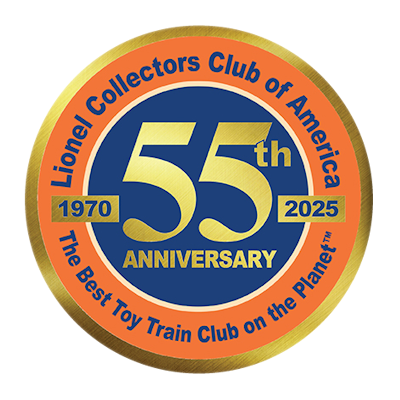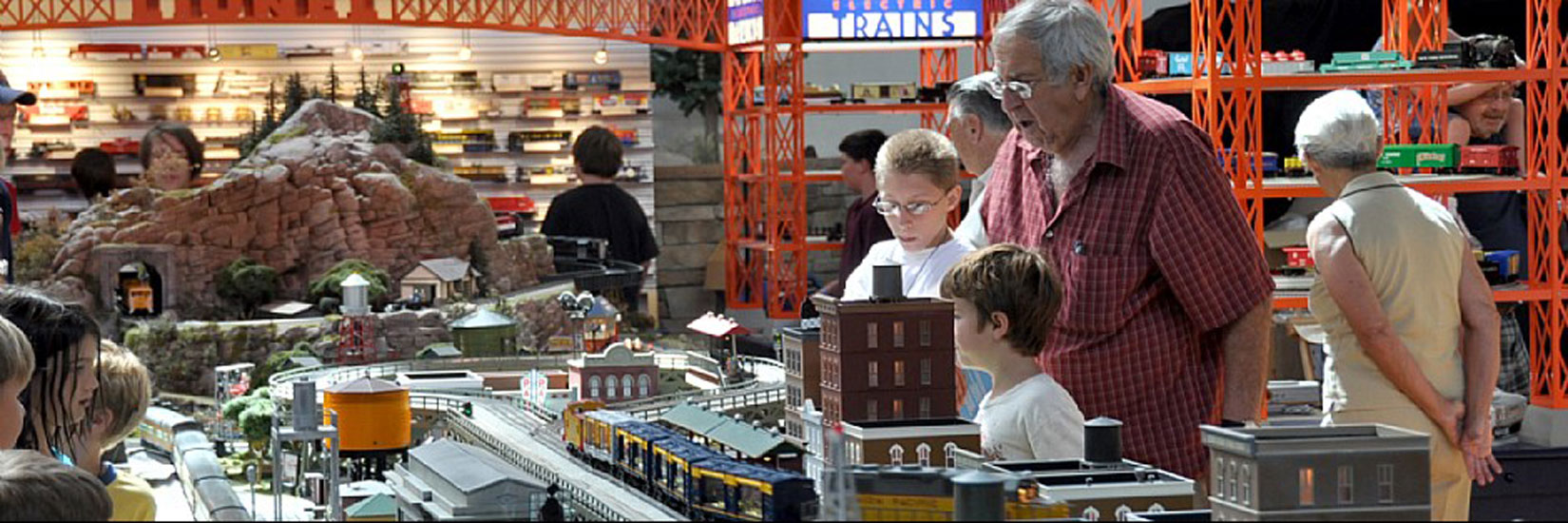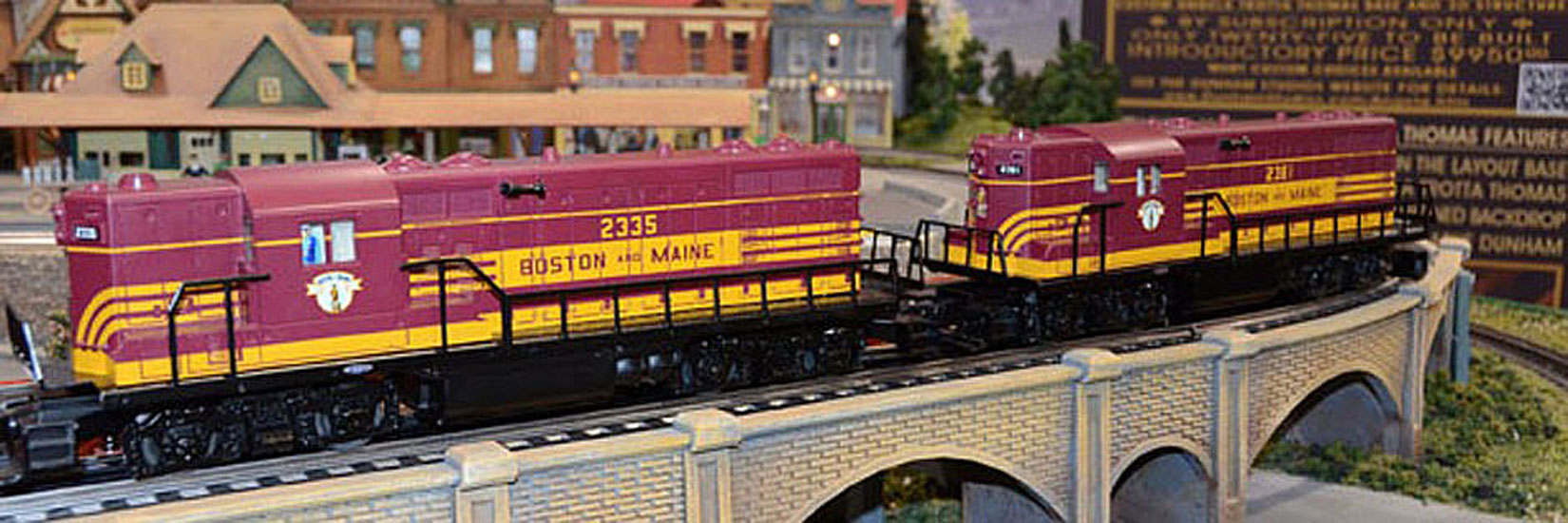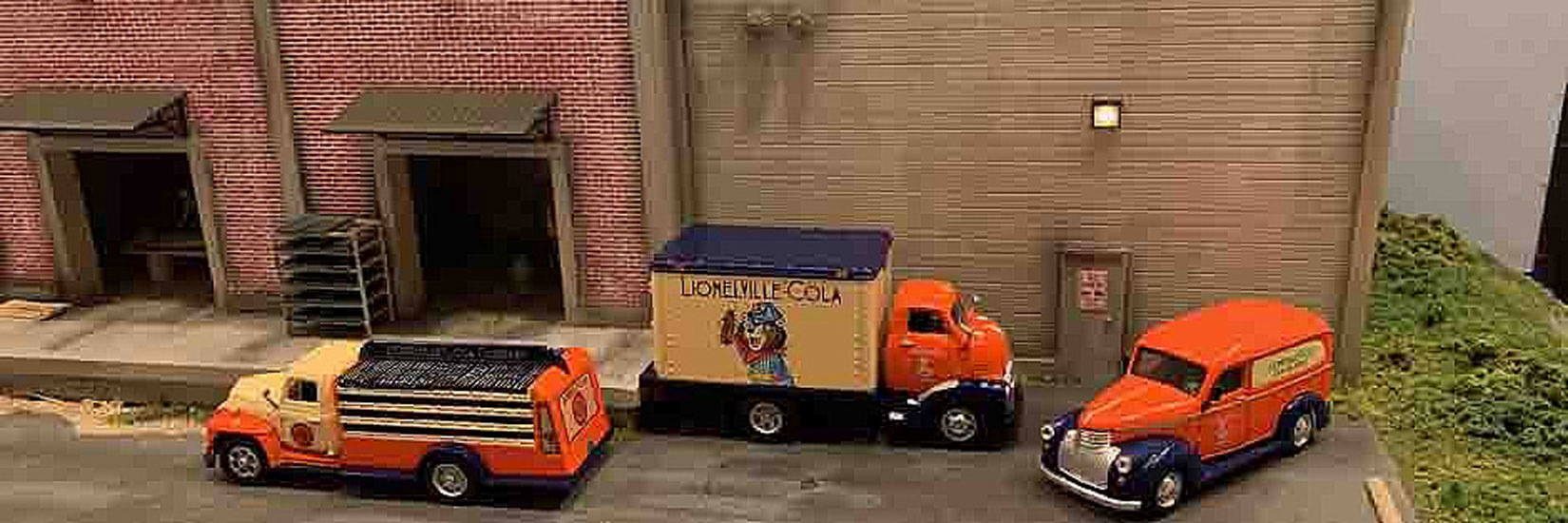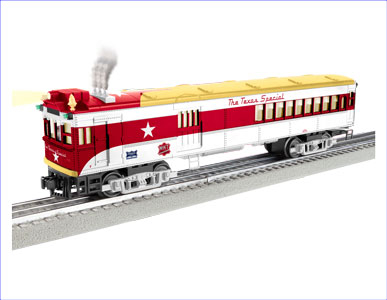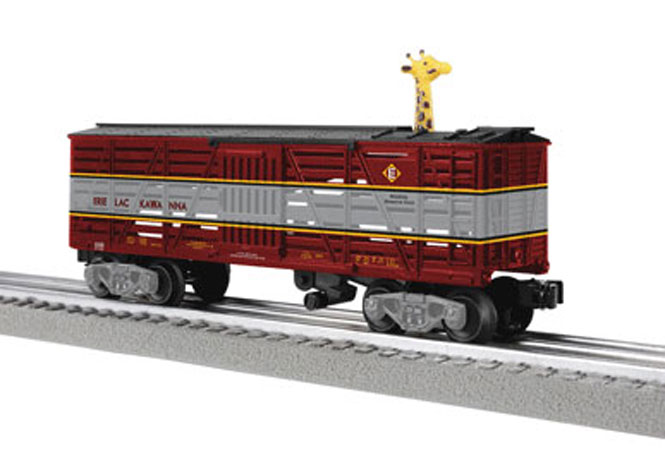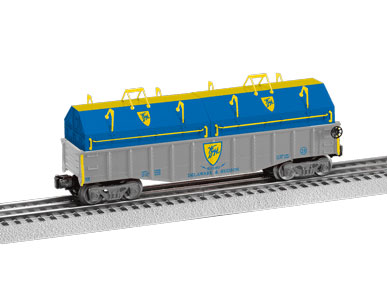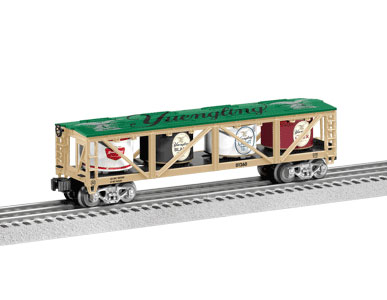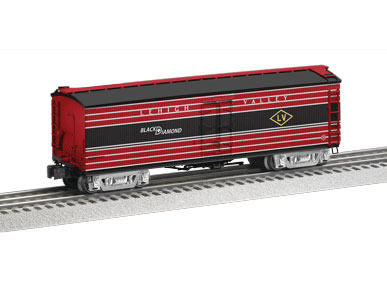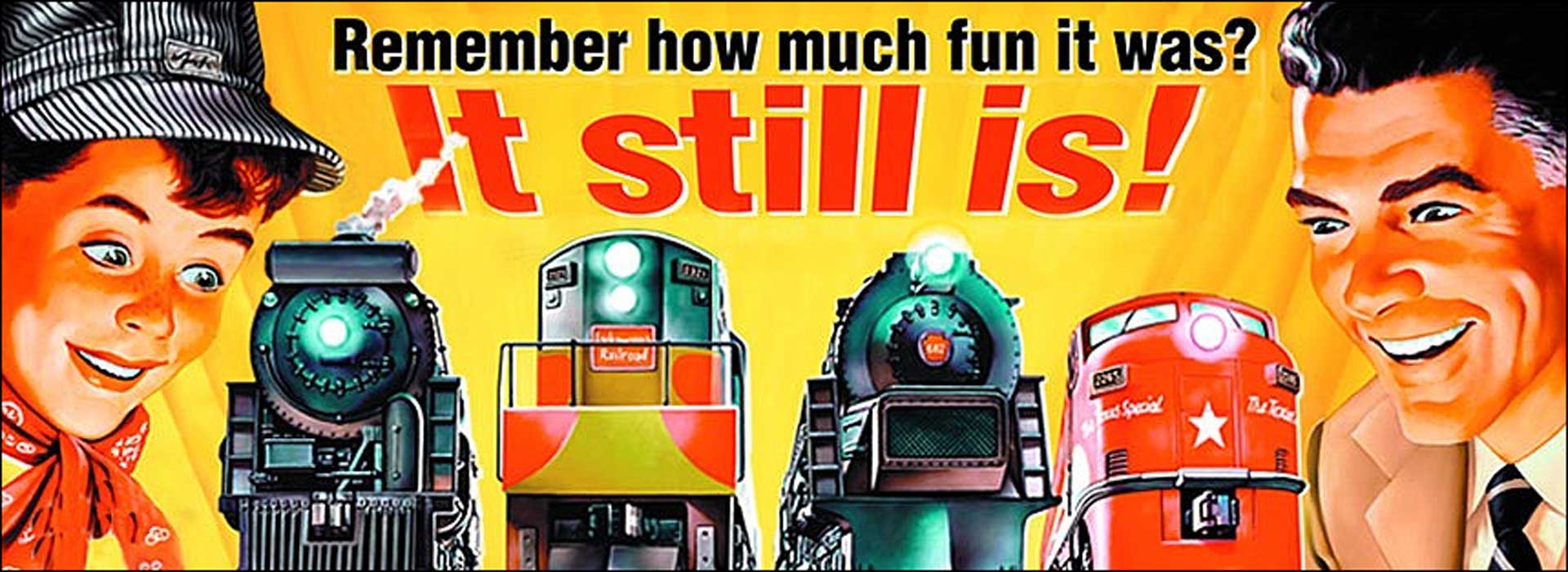

Welcome to Lionel Collectors Club of America
The Lionel Collectors Club of America (LCCA) is home to one of the most prominent member organizations of model train collectors in the world. Our site offers news, photos, videos, and event information to all Lionel train enthusiasts, and our worldwide membership of nearly 10,000 members enjoys additional benefits, including an exclusive network to buy, sell, and trade Lionel model trains and other brands.
LCCA Presents a Conversation with Chris Montagna
Check Out our Newest LCCA Video
Home Layout and Hidden Gem of Peter Noto
Visit the Home Layouts of other LCCA Members by linking to our Home Layout Video Page
What's New
Featured Video
History of Scranton as a railroad town from its earliest days till it became a National Park
Early Railroad Development
In the 19th century, Scranton became a hub for the Delaware, Lackawanna & Western Railroad (DL&W), which played a crucial role in transporting anthracite coal from Pennsylvania’s mines to markets across the country. The railroad industry fueled the city's growth, attracting workers and businesses that supported the booming coal economy.
Expansion and Industrial Significance
By the late 1800s and early 1900s, Scranton was a major center for locomotive repair and manufacturing. The DL&W yards housed extensive facilities, including roundhouses and machine shops, where steam locomotives were maintained and repaired. The railroad was essential in shaping Scranton’s identity as an industrial powerhouse.
Decline and Transformation
As diesel locomotives replaced steam engines and the coal industry waned, Scranton’s railroad prominence declined. By the mid-20th century, many of the original railroad facilities were abandoned or repurposed.
Becoming a National Park
In the 1980s, efforts to preserve Scranton’s railroad heritage led to the creation of Steamtown National Historic Site, a museum and heritage railroad built on the former DL&W yards. Initially a private collection, Steamtown struggled financially until the U.S. government stepped in, officially designating it as a National Historic Site in 1995. Today, it serves as a tribute to America’s steam railroad era, featuring restored locomotives, interactive exhibits, and seasonal train rides.
Scranton’s transformation from a bustling railroad town to a national park reflects its enduring legacy in American industrial history. If you ever visit, you can experience the sights and sounds of steam-powered locomotives firsthand! 🚂
Scranton's rise as a railroad town was shaped by several pivotal events
1. Discovery of Anthracite Coal (1800s)
Scranton’s growth was largely fueled by the demand for anthracite coal, a cleaner-burning coal ideal for heating and industry. As the region’s mines expanded, transportation became crucial, leading to the development of rail networks.
2. Formation of the Delaware, Lackawanna & Western Railroad (1851)
The Delaware, Lackawanna & Western Railroad (DL&W) was a major force in Scranton’s railroad industry. It facilitated coal transportation and established Scranton as a key junction, attracting businesses and workers.
3. Industrial Expansion & Railroad Infrastructure (Late 1800s)
Scranton became a hub for locomotive repair and manufacturing. Large roundhouses and maintenance facilities were built to service trains, creating jobs and solidifying its status as a railroad town.
4. The Rise of Steam Locomotives
The steam era saw Scranton thrive, with the Lackawanna Steel Company providing materials for railroad expansion. The city became a center for rail production and operations.
5. Decline of Coal & Shift Away from Rail (Mid-20th Century)
As diesel locomotives replaced steam and demand for coal dropped, Scranton’s railroad industry began to decline, leading to closures and economic shifts.
6. Creation of Steamtown National Historic Site (1980s-1995)
To preserve its railroad heritage, Scranton transformed its abandoned rail yards into Steamtown National Historic Site, celebrating the city’s railroad legacy with restored locomotives and historical exhibits.
Scranton’s story is one of industry, innovation, and adaptation, making it one of America’s most historic railroad towns.
- Convention News
- Current
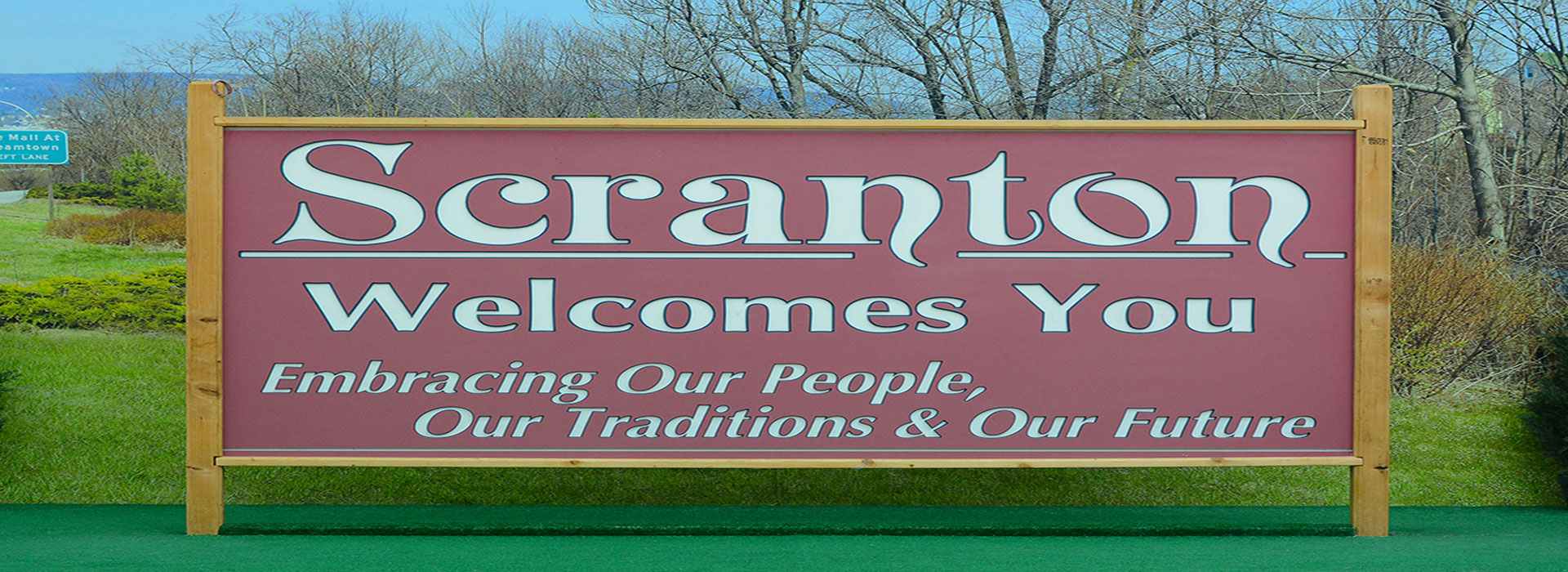
Featured News
History of Scranton as a railroad town from its earliest days till it became a National Park
Early Railroad Development
In the 19th century, Scranton became a hub for the Delaware, Lackawanna & Western Railroad (DL&W), which played a crucial role in transporting anthracite coal from Pennsylvania’s mines to markets across the country. The railroad industry fueled the city's growth, attracting workers and businesses that supported the booming coal economy.
Expansion and Industrial Significance
By the late 1800s and early 1900s, Scranton was a major center for locomotive repair and manufacturing. The DL&W yards housed extensive facilities, including roundhouses and machine shops, where steam locomotives were maintained and repaired. The railroad was essential in shaping Scranton’s identity as an industrial powerhouse.
Decline and Transformation
As diesel locomotives replaced steam engines and the coal industry waned, Scranton’s railroad prominence declined. By the mid-20th century, many of the original railroad facilities were abandoned or repurposed.
Becoming a National Park
In the 1980s, efforts to preserve Scranton’s railroad heritage led to the creation of Steamtown National Historic Site, a museum and heritage railroad built on the former DL&W yards. Initially a private collection, Steamtown struggled financially until the U.S. government stepped in, officially designating it as a National Historic Site in 1995. Today, it serves as a tribute to America’s steam railroad era, featuring restored locomotives, interactive exhibits, and seasonal train rides.
Scranton’s transformation from a bustling railroad town to a national park reflects its enduring legacy in American industrial history. If you ever visit, you can experience the sights and sounds of steam-powered locomotives firsthand! 🚂
Scranton's rise as a railroad town was shaped by several pivotal events
1. Discovery of Anthracite Coal (1800s)
Scranton’s growth was largely fueled by the demand for anthracite coal, a cleaner-burning coal ideal for heating and industry. As the region’s mines expanded, transportation became crucial, leading to the development of rail networks.
2. Formation of the Delaware, Lackawanna & Western Railroad (1851)
The Delaware, Lackawanna & Western Railroad (DL&W) was a major force in Scranton’s railroad industry. It facilitated coal transportation and established Scranton as a key junction, attracting businesses and workers.
3. Industrial Expansion & Railroad Infrastructure (Late 1800s)
Scranton became a hub for locomotive repair and manufacturing. Large roundhouses and maintenance facilities were built to service trains, creating jobs and solidifying its status as a railroad town.
4. The Rise of Steam Locomotives
The steam era saw Scranton thrive, with the Lackawanna Steel Company providing materials for railroad expansion. The city became a center for rail production and operations.
5. Decline of Coal & Shift Away from Rail (Mid-20th Century)
As diesel locomotives replaced steam and demand for coal dropped, Scranton’s railroad industry began to decline, leading to closures and economic shifts.
6. Creation of Steamtown National Historic Site (1980s-1995)
To preserve its railroad heritage, Scranton transformed its abandoned rail yards into Steamtown National Historic Site, celebrating the city’s railroad legacy with restored locomotives and historical exhibits.
Scranton’s story is one of industry, innovation, and adaptation, making it one of America’s most historic railroad towns.
- Convention News
- Current

